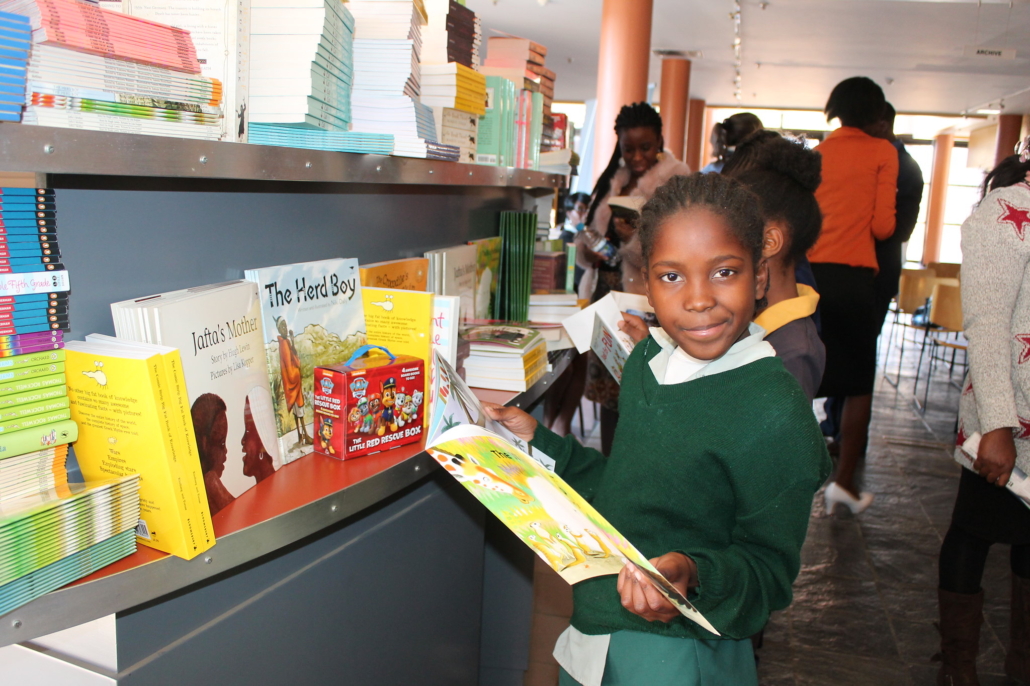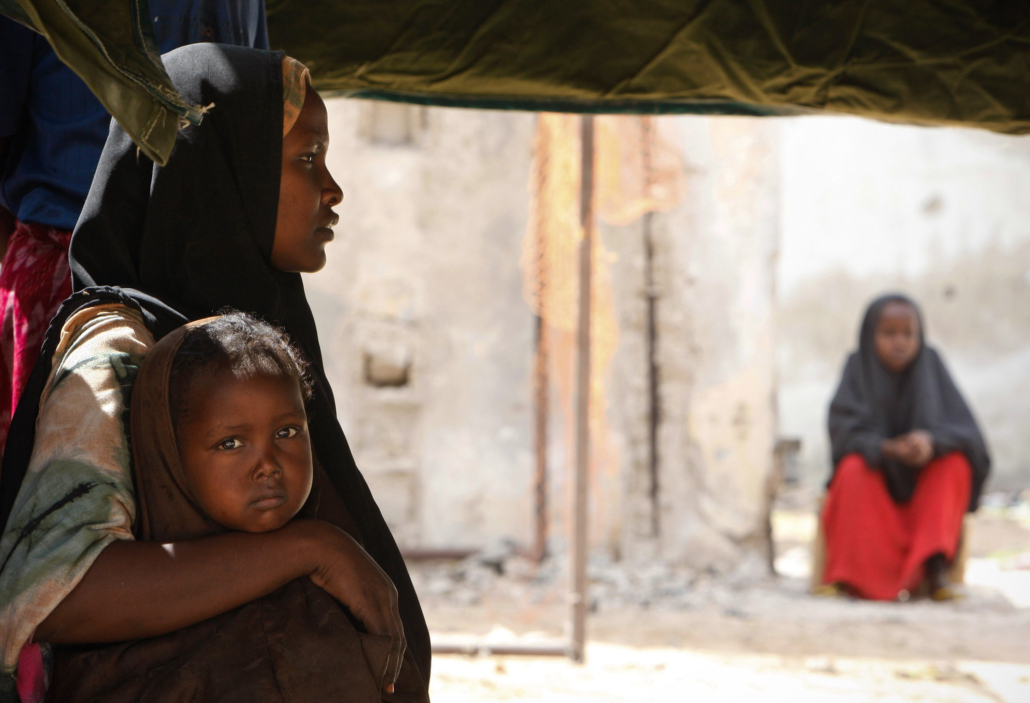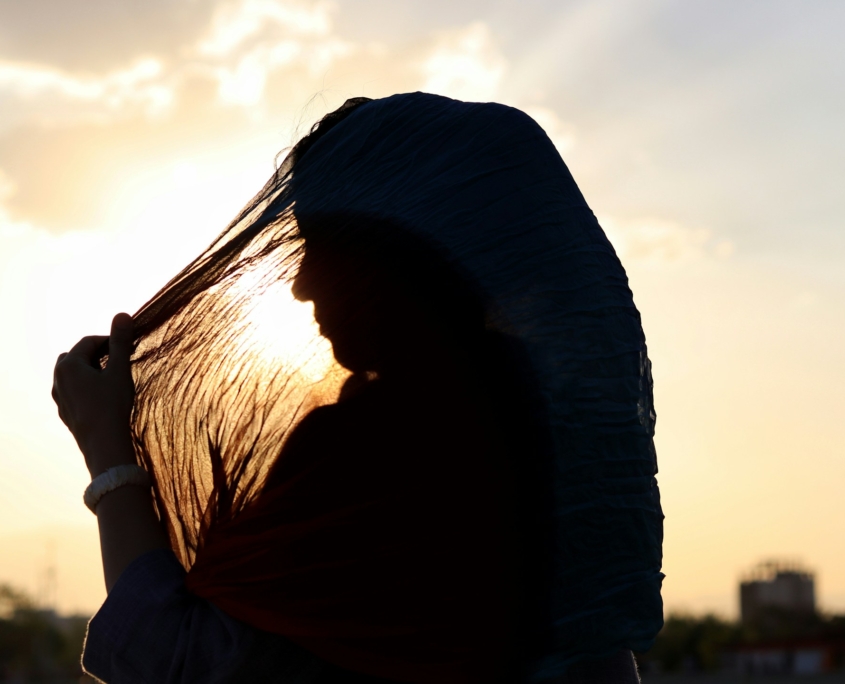 Banowan-e-Afghan is a pop-up restaurant in Afghanistan that opened in 2023. A couple of women comfortably lounge across the wooden tables; some reading books, listening to music, or, conversing with others. Suddenly, a tantalizing aroma disseminates across the atmosphere. A cordial woman wearing a hijab and white apron walks over and places a symphony of flavors in front of the seated women. These women enjoy the delight while finally finding a special community of safety, security and opportunity.
Banowan-e-Afghan is a pop-up restaurant in Afghanistan that opened in 2023. A couple of women comfortably lounge across the wooden tables; some reading books, listening to music, or, conversing with others. Suddenly, a tantalizing aroma disseminates across the atmosphere. A cordial woman wearing a hijab and white apron walks over and places a symphony of flavors in front of the seated women. These women enjoy the delight while finally finding a special community of safety, security and opportunity.
Amidst a bustling street in Northwestern Kabul, a small intimate sanctuary is present. From mantoos (lamb-filled dumplings) to bolani (vegetable-stuffed flatbread) this welcoming Afghani abode serves a wide range of traditional and Western foods. However, this restaurant is not your ordinary dine-in. Instead, it is the result of the first step taken by a courageous woman toward a greater national vision.
Gender Inequality in Afghanistan
Gender inequality has been a persistent and perennial issue in Afghanistan. In 2021, despite prior positive efforts against this concern, all progress was nullified due to the Taliban’s inception. The Taliban has issued 80 edicts, including 54 contradicting women’s rights and freedom. Additionally, women were banned from visiting parks, gyms, public bathing houses and constrained girls’ education beyond the sixth grade.
To prevent further Taliban abuse, these Afghani women were forced into surveillance, assault, arbitrary detention, torture and exile. As a result of these restrictions and more, it has been a norm for women to not leave their homes. Women harassment is ubiquitous and even a simple errand or stroll down the street can put a woman in danger. On top of that, in rural Afghanistan, society forbids women from stepping out of the house without a mahram (a male relative by blood).
Societal restrictions also limit women’s job opportunities, prohibiting them from working in NGOs or government jobs. The women’s only chance of employment is in the private sector, but many women are hesitant to do this because of the risk it puts them in. Nonetheless, Samira Muhammadi believes in utilizing this opportunity to provide hope for a more women-friendly future.
By Women, For Women
Muhammadi, the owner of this unique pop-up restaurant in Afghanistan, launched it with a mission to provide women with a safer, more trustworthy and serene haven. In a typical Afghani restaurant, there is a separate family section for only women accompanied by male relatives. Despite this, male threats still endanger women.
Therefore, this rare pop-up restaurant addresses this widespread caveat. For starters, the restaurant is exclusively by women, for women. In other words, all the employees and customers are only women. This allows both the employees and the customers to feel more secure and surrounded by people going through similar circumstances. Instead, these women reclaim their true authentic selves, freely choose their attire and recultivate their public life which has been unethically stripped from them. With this substantial solution, powerful relationships are developed over mouth-watering meals in an elevated state of joy and laughter.
Empowerment Through Employment
In addition, this pop-up restaurant directly supports women facing poverty in Afghanistan. It provides unprivileged women with job and work opportunities in a field that adheres to their talents. The workforce of this restaurant consists solely of women taking refuge at a local women’s shelter, the Afghan Women Skills Development Center (AWSDC). Furthermore, many women living on the streets and in substandard living conditions have approached Muhammadi to work at her restaurant. Most of these women tend to be widows or the sole breadwinner in their families, making them desperate for money as they are the primary source of income. Ultimately, this restaurant provides impoverished women a ticket out of financial deprivation and can provide food and shelter for their families.
Today, the restaurant has hired more than 17 employees including 10 chefs and 7 waitresses. Most of the employees are around the age of 20, the youngest being 13 and the oldest being 40 years. However, all of these employees have gone through rough hardships and dreadful turmoil such as family violence, domestic abuse, parental drug addiction and more. Working at this restaurant allows them a second chance to positively invigorate their lives.
Future Plans
As this pop-up restaurant flourishes and evolves, Muhammadi plans to provide more job opportunities to unfortunate women, as well as more adequate salaries. She also wants to expand the size of the restaurant, to host mini-exhibitions for women to display handicrafts like clothes or jewelry for customers to purchase.
Inspired by her own experience and odyssey, Muhumadi wants to continue to enhance women’s lives in Afghanistan. “I thought these vulnerable women should have a source of income,“ Muhammadi says.
– Sai Sidharth Kanyaboena
Photo: Unsplash
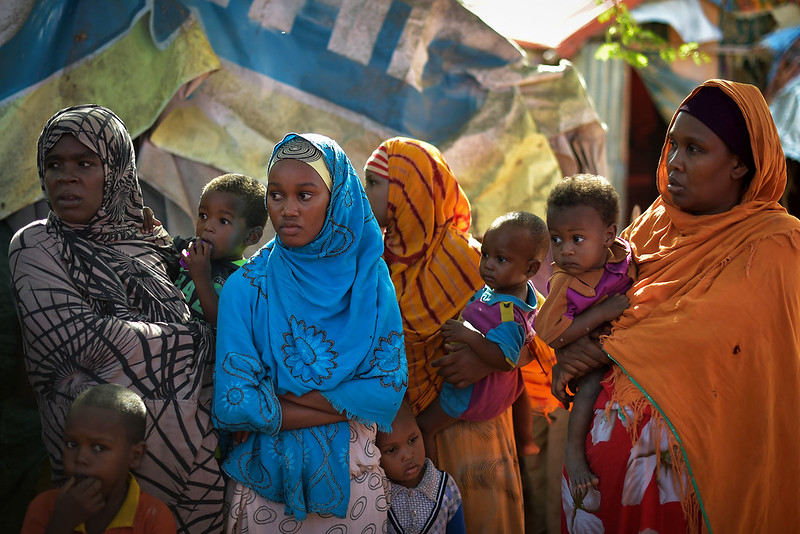
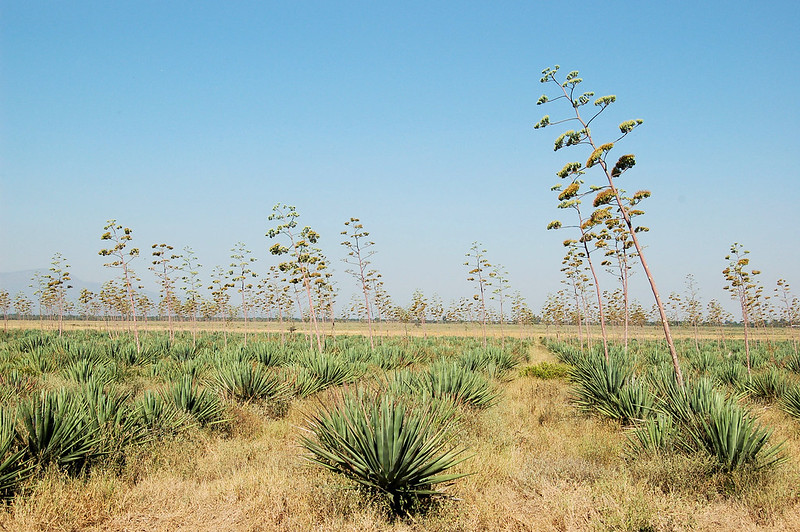 According to the World Bank, period poverty has
According to the World Bank, period poverty has 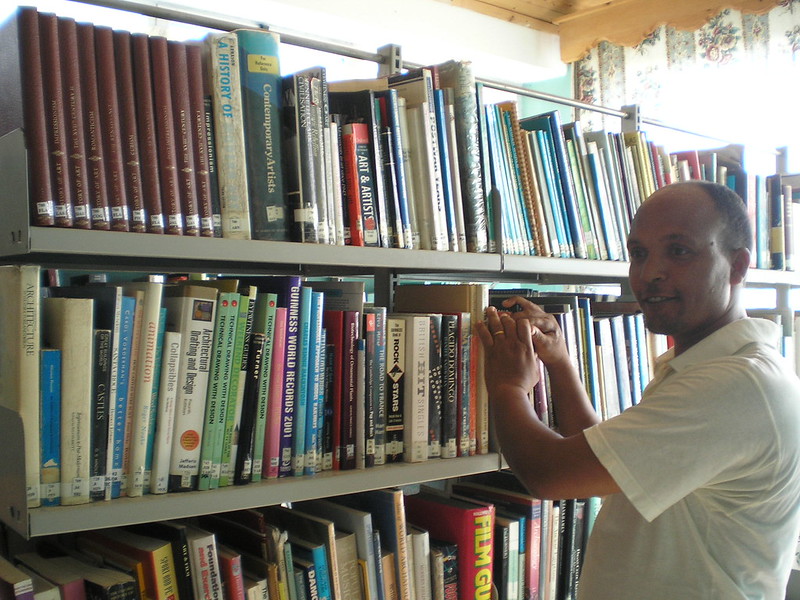
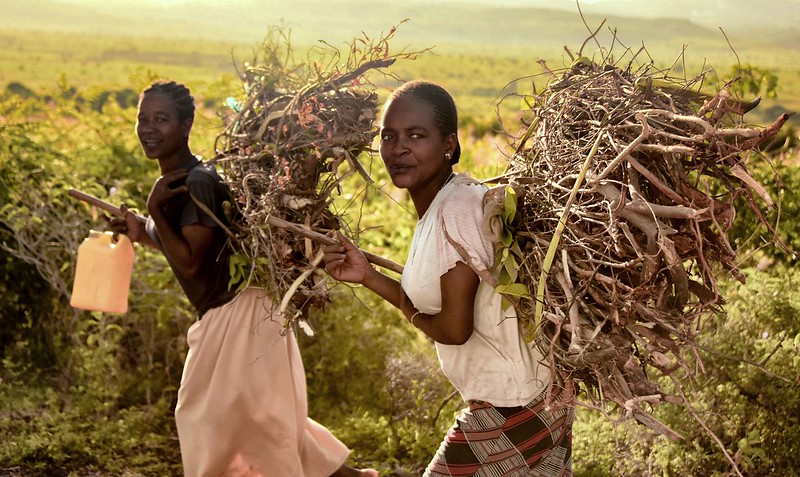
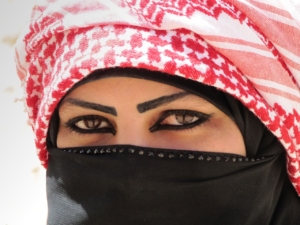
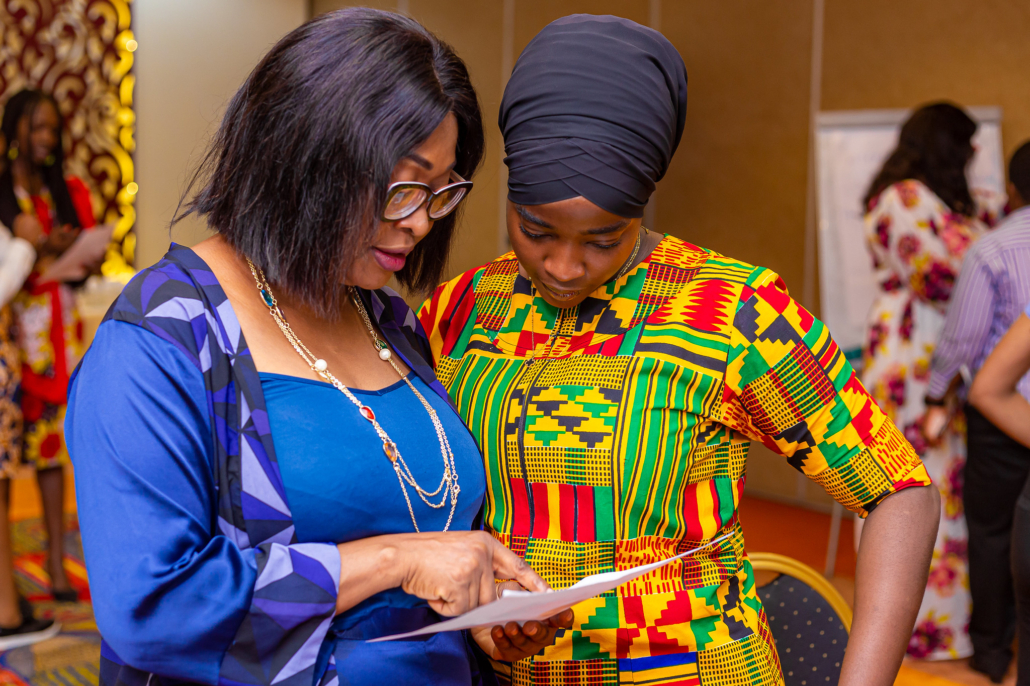
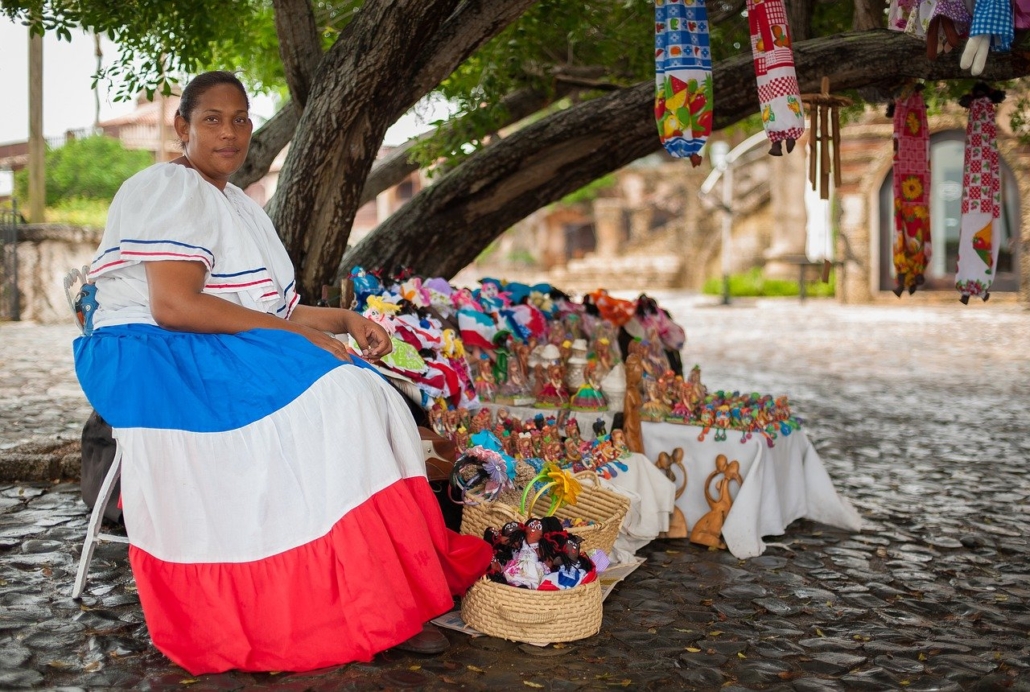 The 2022 Regional Multidimensional Poverty Index by the United Nations Development Program (UNDP) highlights that 27.4% of women in the Dominican Republic experience poverty. Moreover, among the Latin American and Caribbean countries studied, the Dominican Republic came fourth in the region in regard to the prevalence of poverty-induced problems that women face. In light of this, several organizations are working to reduce poverty among women in the Dominican Republic.
The 2022 Regional Multidimensional Poverty Index by the United Nations Development Program (UNDP) highlights that 27.4% of women in the Dominican Republic experience poverty. Moreover, among the Latin American and Caribbean countries studied, the Dominican Republic came fourth in the region in regard to the prevalence of poverty-induced problems that women face. In light of this, several organizations are working to reduce poverty among women in the Dominican Republic.